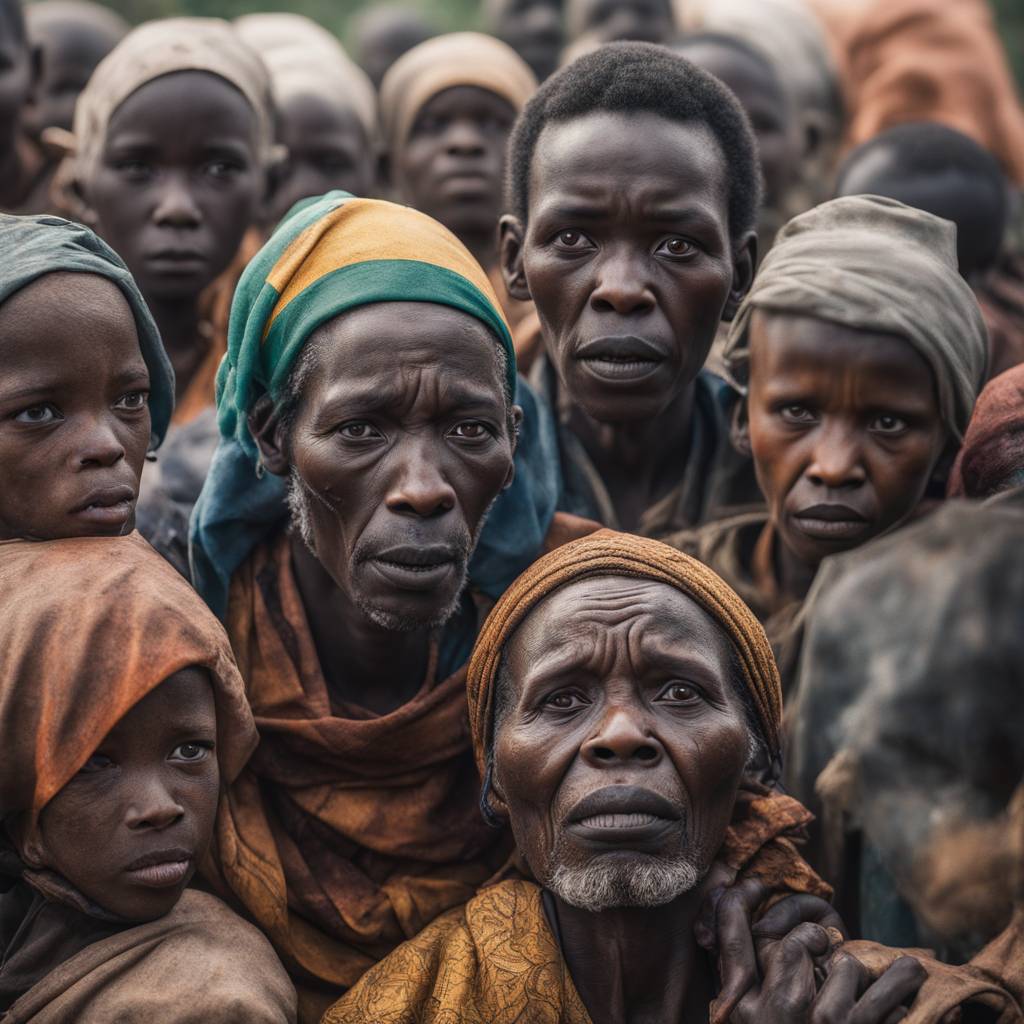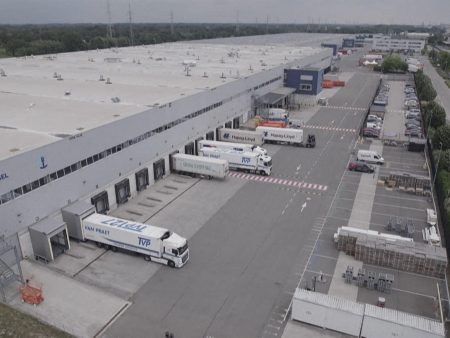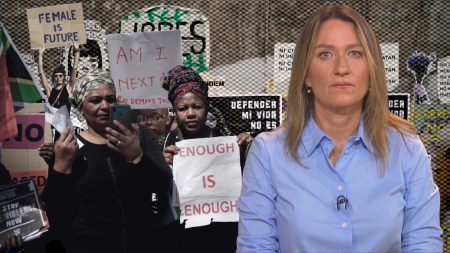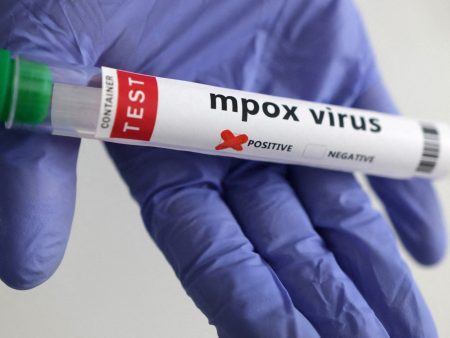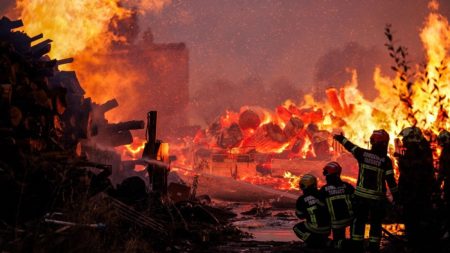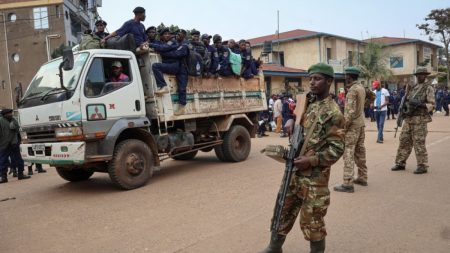The Rwandan genocide, which began on April 7, 1994, is one of the most horrifying events in modern history. Lasting for 100 days, an estimated 800,000-1,000,000 people were killed in a brutal wave of slaughter. The genocide pitted Rwandans against each other, with Hutu attacking Tutsi, neighbors turning on neighbors, and even family members killing each other. Victims of all ages and backgrounds were not spared, with many being killed using machetes, machine guns, and hand grenades.
Jack Picone, a renowned international photographer, was one of the first to document the atrocities of the genocide. He reflects on the haunting journey he took during this dark period in Rwandan history. Despite the passage of 30 years, the memories of the genocide still haunt him to this day. Picone witnessed the unimaginable horror and violence that took place during those harrowing days, capturing images of the victims and the devastation that occurred in Rwanda.
Today, Rwanda is striving to heal and move forward from the trauma of the genocide. Ordinary Rwandans are finding ways to come to terms with the past, seeking healing and forgiveness for the atrocities that were committed. The process of reconciliation is ongoing, as survivors and perpetrators alike grapple with the legacy of the genocide. Through efforts such as community-based programs and restorative justice initiatives, Rwanda is working to build a more peaceful and inclusive society.
Despite the passing of time, the scars of the Rwandan genocide remain deeply etched in the collective memory of the nation. The scale of the violence and loss that occurred during those 100 days is still incomprehensible to many, both inside and outside of Rwanda. The images of mass killings and the widespread destruction that took place serve as stark reminders of the human capacity for hatred and cruelty. The legacy of the genocide continues to shape Rwanda’s national identity and inform its path towards reconciliation and healing.
Jack Picone’s documentation of the Rwandan genocide provides a powerful and haunting visual record of the atrocities that took place. His images capture the raw emotion and devastation that gripped the country during those dark days. Through his photographs, Picone brings to light the human cost of the genocide and the profound impact it had on Rwandan society. His work serves as a reminder of the importance of bearing witness to history and honoring the memory of the victims who lost their lives.
As Rwanda continues to grapple with the legacy of the genocide, it is essential to remember the lessons learned from this tragic chapter in history. The need for justice, healing, and reconciliation remains paramount in ensuring that such atrocities never happen again. By confronting the past, acknowledging the pain and suffering that occurred, and working towards a more inclusive and peaceful future, Rwanda can move forward from the horrors of the genocide and build a society based on forgiveness, understanding, and unity.




